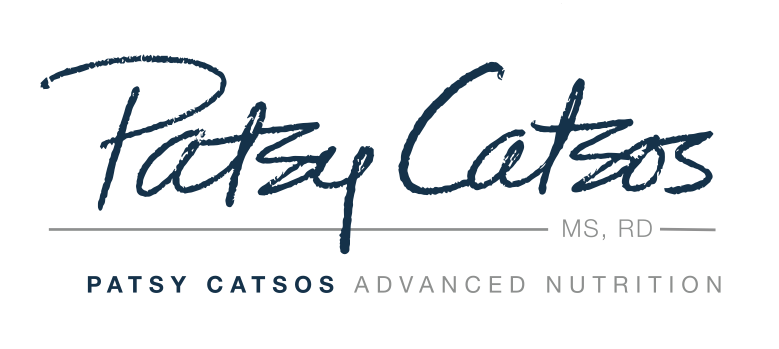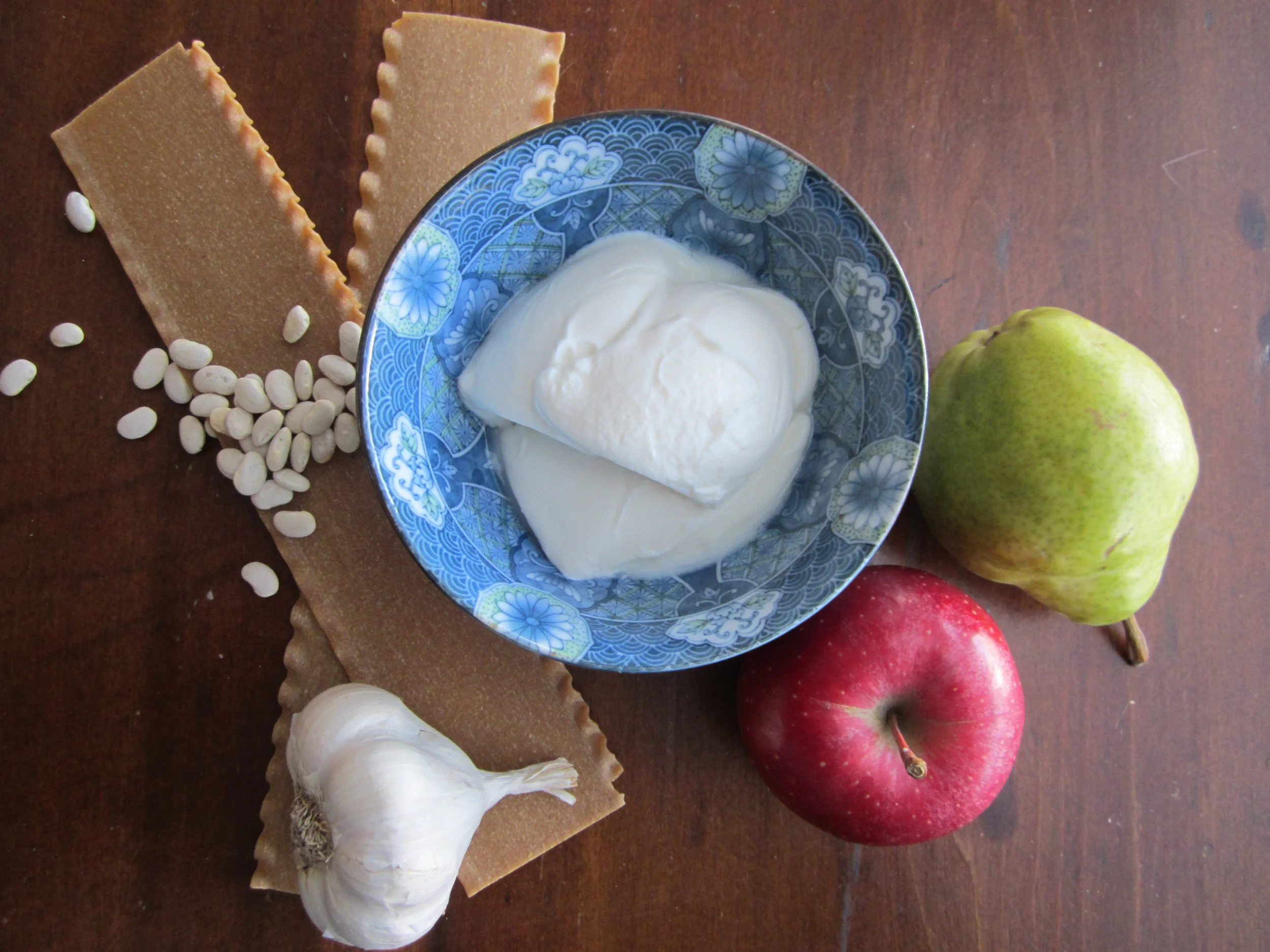“What I found was amazing! Foods that I thought were upsetting me were actually fine and other foods that I thought were okay were not. Also, I was relieved to discover that I was not as sensitive to as many foods as I had thought. In fact, after doing the elimination diet I was able to eat MORE things...”
What are FODMAPs?
If you’ve never heard of FODMAPs before you are not alone! Luckily you don't have to know much about FODMAPs, or what all the million-dollar words mean, to try the approach. But if you're the curious type, or a medical professional, you might like to know more of the science behind the diet and how a FODMAP elimination diet is meant to work.
The term was coined by Australian researchers Susan J. Shepherd and Peter R. Gibson. In studies at Monash University, they and their colleagues Jane Muir and Jacqueline Barrett found that a low-FODMAP diet helped 75-85% of their IBS patients experience significant, sustainable relief of their IBS symptoms. A low-FODMAP diet avoids foods containing certain sugars and certain fibers capable of causing diarrhea, constipation, gas, bloating and abdominal pain in people with IBS. Examples of FODMAPs include:
Lactose (also known as milk sugar; found in regular dairy milk, yogurt and ice cream)
Fructose (also known as fruit sugar; found in fruit, high-fructose corn syrup, honey and agave syrup)
Sorbitol, mannitol, and other “-ol” sweeteners (also known as sugar alcohols; found in certain fruits and vegetables as well as some sugar-free gums and candies)
Fructans (a type of fiber found in wheat, barley, rye, onions, garlic dried fruits, and chicory root)
GOS (a type of fiber found in beans, nuts, hummus and soy milk)
FODMAPs have several things in common: They can be poorly absorbed during the digestive process. They are rapidly fermented by the bacteria that live in your gut. They are capable of pulling fluid into the gut in a process called osmosis. The increased fluid load, along with the gas and other substances produced during fermentation, cause distention, motility changes, and pain leading to bouts of IBS symptoms. Symptoms are often delayed until hours after eating a high FODMAP meal or snack, because it takes time for FODMAPs to make their way through the stomach and into the intestines, where the effects occur. By reducing the overall dietary load of these carbohydrates, troublesome GI symptoms can be minimized or eliminated.
What is a FODMAP elimination diet?
An elimination diet is a learning diet; you “eliminate” foods, then add them back, according to a plan. This strategy, along with close monitoring of your symptoms, will help you learn how the food you eat affects you. Elimination diets can be very powerful! I have long treasured the 2014 quote at the top of this page that describes the excitement of discovery and the joy of self-knowledge. It has been my honor to guide thousands of people through this process in my practice over the past 15 years.
“FODMAP elimination diet” is a little bit of a misnomer. You do follow the process described above, but you don’t actually eliminate all FODMAPs. Many foods can be high, medium or low in FODMAPs, depending on the serving size. At the beginning, and only if you are a good candidate for the diet, you will limit (not actually eliminate) FODMAPs in your diet by eating low-FODMAP serving sizes of foods. Very few have to be completely avoided. For example, there are no low-FODMAP serving sizes for onions or garlic.
High and Low FODMAP Foods
Now that the FODMAP concept has been around for a while, there are a number of high and low FODMAP food lists, books, and apps in circulation. Click here to see mine.
Reintroducing FODMAPs
Soon, it will be time to reintroduce FODMAPs, one type at a time. You may find that only one or two FODMAPs are responsible for most of your symptoms. In the end, most people find they can still have their favorite high-FODMAP foods in moderation. For example, if you discover high-FODMAP fruits are a problem area but apples are your favorite food, your new knowledge can help you to decide how to enjoy them: choose smaller apples, eat just a few slices, eat them less often or go for the gusto and endure the resulting belly ache. The ultimate goal is for each person to eat the most varied diet that he or she can tolerate. No more one-size-fits-all IBS diet rules!
How are FODMAPs measured?
This machine performs high performance liquid chromatography. I took this photo during my visit to Monash University’s FODMAP lab in 2013.
How any grams of FODMAPs are in a tomato, you might wonder? The vast majority of FODMAP data is being produced at Monash University in Australia. A small team of researchers has analyzed hundreds of foods for their FODMAP content using the machine pictured here. Unfortunately, there is no publicly accessible FODMAP database, so there is no way to know how many grams of FODMAPS are in a tomato or other foods. Those of us who write books, blogs, high- and low-FODMAP food lists, and apps must use what we can patch together from a series of peer-reviewed, published papers by Monash researchers, each one with a slightly different focus. (2007, 2009, 2011, 2013, 2016, 2017). As each new paper came out, we adjusted our teaching tools and edit our food lists accordingly. There have been no new published data tables since 2017. Monash continues to analyze foods to provide serving size content for their own excellent app, the Monash University FODMAP diet app.
For all of us, working with FODMAPs requires flexibility; corrections and apparent contradictions are a regular thing. In any case, you need more than a list of high- and low-FODMAP foods to get the most out of your FODMAP-elimination diet. You need a plan. That's where The IBS Elimination Diet and Cookbook and your registered dietitian nutritionist come in.
“[T]horoughly researched and well-thought out and executed resource for patients and practitioners alike. I know I’ll reference the book the next time I work with a client needing FODMAP restriction.”


